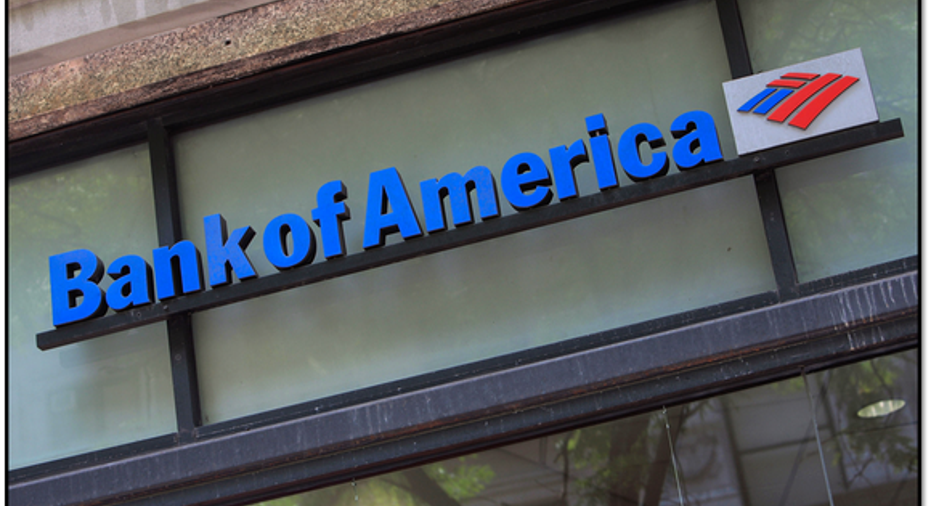Bank of America's Inventory Problem

Image source: iStock/Thinkstock.
One way to grasp the business model of banks is to compare them to retail stores -- though instead of selling things like books or clothes, banks sell money. By looking at it this way, it's easy for an investor to quickly see one of Bank of America's biggest problems: its high-cost inventory, particularly when compared to Wells Fargo .
In a nutshell, banks make money by buying funds from depositors and institutional investors and then selling those funds at a higher price to people and businesses that need capital. It's not unlike the way a clothing retailer buys shirts from wholesalers and then sells them at a higher price in its stores.
An important key to any retailer's success is to acquire inventory as inexpensively as possible. If a clothing retailer buys shirts for $10 each, but can charge only $11 for them, then it won't make much money. But if it can get the same shirts for $7 each, the prospects for its bottom line improve considerably.
The same is true for Bank of America, which strives to drive down its cost of funds as far as possible. One way to do so is to collect a lot of deposits. Last year, for instance, Bank of America held an average of $1.16 trillion worth of customer deposits. That was second only to Wells Fargo, which held an average of $1.19 trillion worth of deposits.
The benefit of deposits is that they're cheap. Bank of America paid only 0.12% in interest on $735 billion worth of its deposits. And it paid no interest at all on the remaining $421 billion, which consisted of demand deposits held by customers in noninterest-bearing checking accounts.
But even though Bank of America's deposit franchise is the envy of most other banks, it lags Wells Fargo's in one important respect: deposits account for 67% of Bank of America's total funding source compared to 76% for Wells Fargo. This helps explain why Wells Fargo paid less than $4 billion last year to borrow $1.6 trillion worth of funds while it cost Bank of America $10.5 billion to borrow only slightly more, or $1.7 trillion.
A second explanation for this disparity is the fact that Bank of America faces a significantly higher interest rate on its long-term debt than Wells Fargo does. Last year, Bank of America paid $6 billion to borrow $240 billion worth of long-term debt. That equates to an interest rate of 2.48%. Wells Fargo, meanwhile, paid $2.6 billion for $185 billion in long-term debt, equating to an interest rate of 1.4%.
As this comparison makes clear, Bank of America pays nearly twice as much as Wells Fargo does for long-term debt. A single percentage point may not seem like a lot in the whole scheme of things, but it's important to keep in mind that these banks borrow hundreds of billions of dollars' worth of funds. Consequently, even a single percentage point translates into billions in foregone earnings.
The takeaway is twofold: First, unless and until Bank of America can reduce its cost of funds (i.e., its inventory), it won't be able to compete on a level playing field with Wells Fargo. And second, the most effective way for Bank of America to achieve this parity is to convince the ratings agencies to upgrade its debt rating.
The article Bank of America's Inventory Problem originally appeared on Fool.com.
John Maxfield owns shares of Bank of America and Wells Fargo. The Motley Fool owns shares of and recommends Wells Fargo. The Motley Fool has the following options: short March 2016 $52 puts on Wells Fargo. The Motley Fool recommends Bank of America. Try any of our Foolish newsletter services free for 30 days. We Fools may not all hold the same opinions, but we all believe that considering a diverse range of insights makes us better investors. The Motley Fool has a disclosure policy.
Copyright 1995 - 2016 The Motley Fool, LLC. All rights reserved. The Motley Fool has a disclosure policy.



















